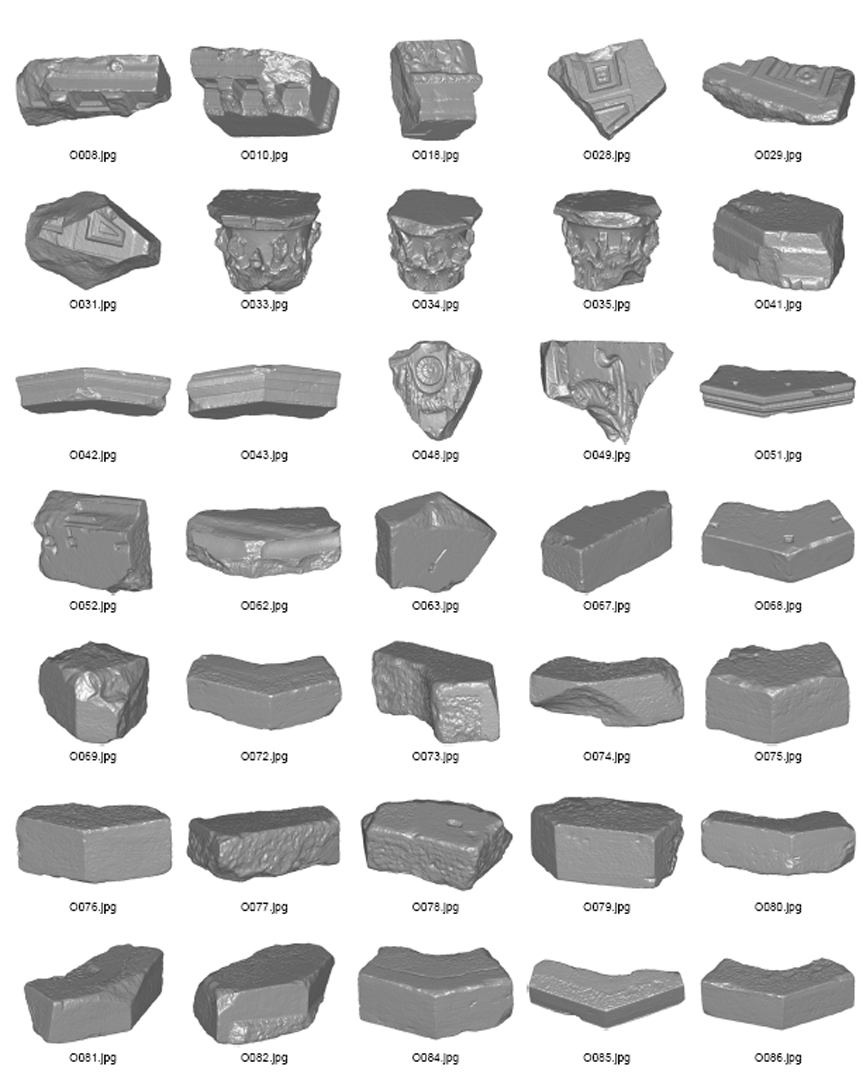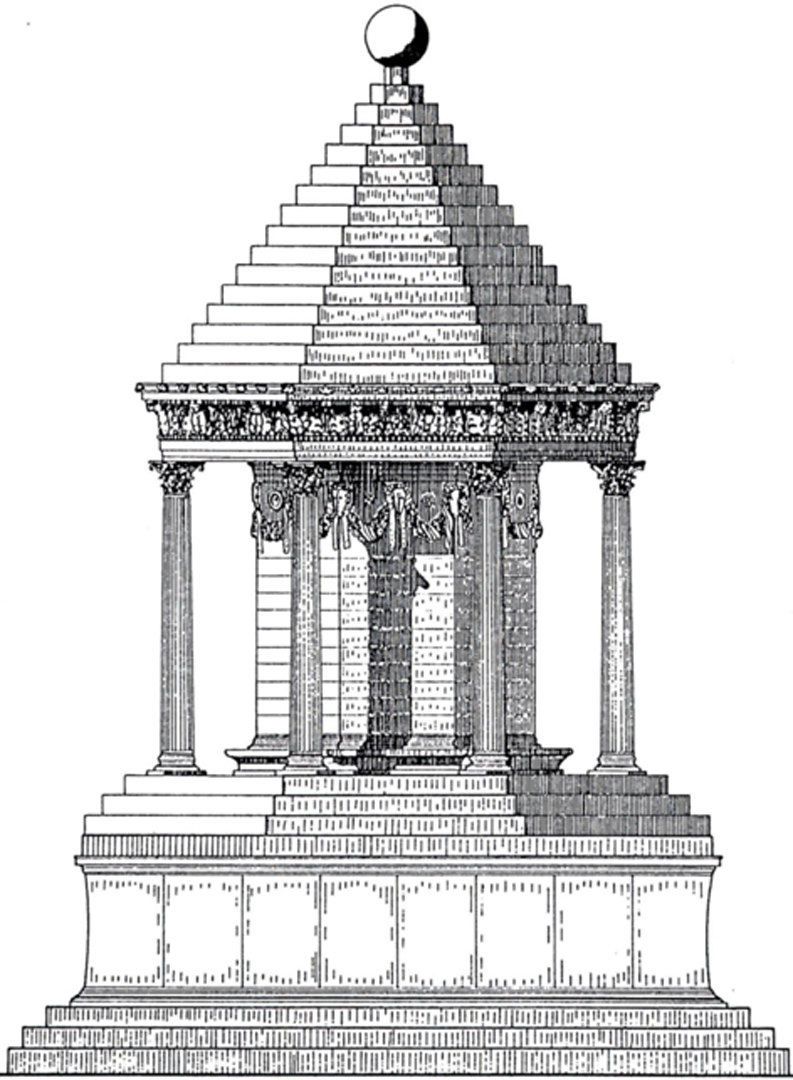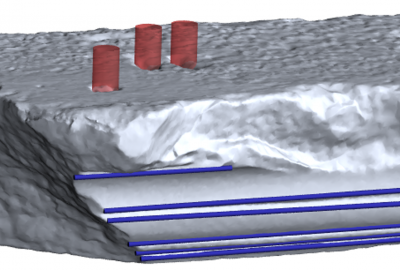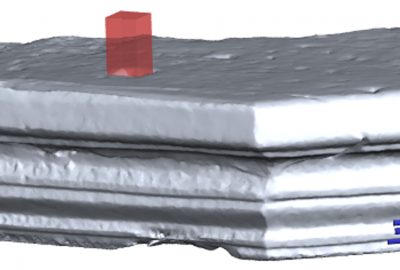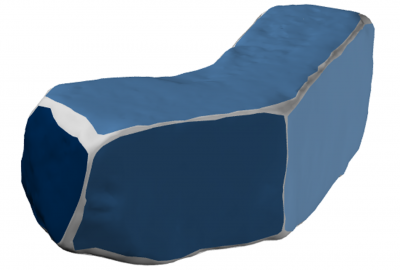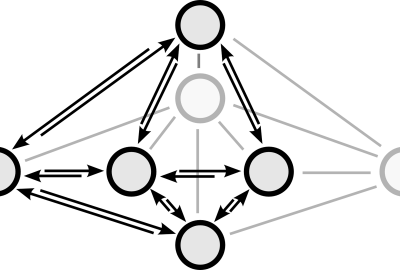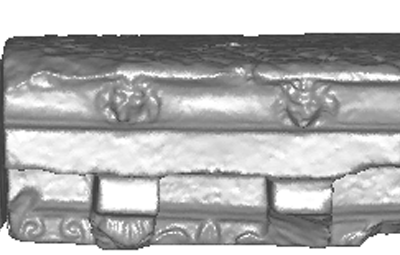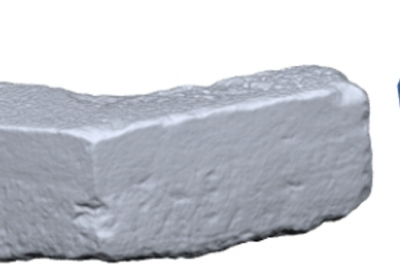“Reassembling ancient monuments via constrained registration” by Flöry, Hofer, Thuswaldner and Huang
Conference:
Type(s):
Title:
- Reassembling ancient monuments via constrained registration
Presenter(s)/Author(s):
Abstract:
As demonstrated in our work [Huang et al. 2006] fracture surfaces of broken solids contain rich geometric information that are sufficient for reassembly based on geometric matching. However, the task of reassembling an ancient monument from its building blocks differs significantly from that of reassembling a broken solid. These building blocks are fragments in a much looser sense as opposing faces of neighboring stones do not contain the rich geometric features of fracture surfaces. The contribution of the present work is an algorithm for automatic reassembly of ancient monuments guided by high-level adjacent features such as edges, clamp holes, or ornaments. The data we use to test our new method comprises the remaining stones of the Octagon (Fig. 1, top, right) monument in Ephesos, Turkey, which fell apart a thousand years ago and whose reconstruction is currently undertaken.
References:
1. Huang, Q.-X., Flöry, S., Gelfand, N., Hofer, M., and Pottmann, H. 2006. Reassembling fractured objects by geometric matching. ACM Trans. Graphics 25, 3, 569–578.

